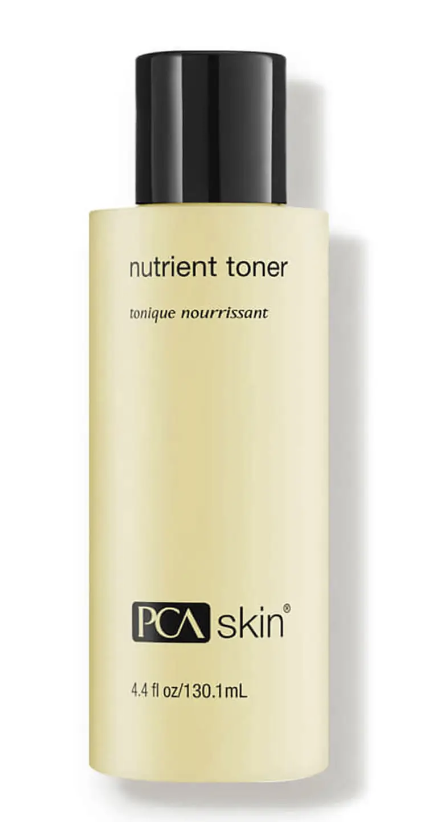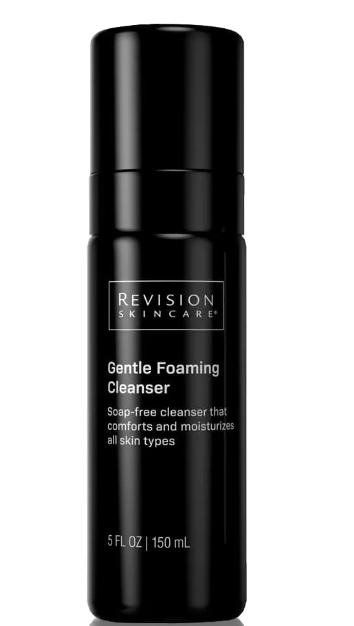Skincare Red Flag: Fluke Ingredients in OTC Skincare
It’s time to have an honest conversation about what is really in your skincare.
There has been a long standing debate between over the counter products vs. professional products. My goal is to expose the fluke ingredients that you will likely find in OTC.
Now, it’s not to say that all over the counter ingredients are red flags, there may be some that we can totally green flag. However, a majority of these brands will have some very questionable ingredients, which are completely unnecessary. Some of these ingredients are even toxic in the long term use. So let’s just dive right into our top three flukes. Keep in mind, there is no product shaming here, just information and facts.
Red Flag #1: Fragrance
At the top of the list is fragrance. If you read your labels and see Fragrance (parfum) this is definitely a red flag. These are synthetic, lab created and there can be over 300 different types of scents added into the product. No shade to Bath and Body Works, but let’s face it, as great as their products smell, imagine the scent concoction it takes to get them to smell so wonderful. Long term use of these products can cause sensitivities, allergies, and rashes.
On the flip side, if your products have oil extracts that create the scent, these are green flags and used for medicinal-like effects. They actually act as a performance ingredient. A great example is the delicious smell of cinnamon in PCA’s Nutrient Toner that clients can purchase through a Pomp Esthetician. Cinnamon is widely used as an antioxidant. It is proven to help with the appearance of hyperpigmentation, lightening the skin, and decreasing the signs of aging. It is also used to help reduce inflammation from acne.
Red Flag #2: Parabens
Another ingredient fluke are parabens, especially Methylparaben. This ingredient is used as a preservative. It prevents products from growing mold and bacteria, which makes sense since OTC products sit on the shelves longer than professional grade. OTC products are made in mass quantities and need a longer shelf life. Red flag brand is No. 7 that can be found at Target. Most of the line has ingredients that the EWG have rated a moderate risk. Again, meaning that it can cause irritation, rashes, sensitivity. This ingredient is also controversial in terms of hormone disruption and cancer. The jury is still out on that as there are not enough conclusive studies that support this information.
The good thing is there are safe preservatives that are a much better option in skincare. Let’s give a green flag to Colorescience Even Up Clinical Pigment Perfector SPF 50 for the use of Potassium Sorbate. This ingredient is a salt that is found in berries and can be created synthetically.
Red Flag #3: Polyethylene Glycol (PEG)
Polyethylene Glycol (PEG) rounds out the top three on the fluke list. The purpose in skincare is multi-functional. It can be used as a surfactant which you would find in a cleanser for the detergent like effect. It can be used as an emulsifier, which will bind two ingredients together, that would not normally mix well. Think of how oil and vinegar do not mix until you add the egg (which makes mayonnaise!) It can also be added to create a hydrating and conditioning effect to the skin. La Roche-Posay, manufactured by L’Oreal, can be found in Target, Ulta, and CVS. Most of their cleansers have PEG as their surfactant choice. Despite the fact that cleansers get rinsed off of the skin and have a low absorbability, they will effect changes in the skin over time. So we rate this as a red flag because long term use can sensitize the skin. Meaning your skin will become accustomed to it and you’ll find that it no longer works.
What will work is one type of ingredient called sodium cocoyl glycinate. This is a green flag that can be found in our Revision Skincare, Gentle Foaming Cleanser. It’s actually soap free and derived from amino acids. We love it for the way it removes makeup, excess oil, and impurities. It doesn’t dry out the skin and is great as a pre-cleanser.
In conclusion, we know that skincare can be overwhelming. There is no possible way for consumers to know everything they are putting on their skin. Ingredients lists are endless with endless possibilities. The good, the bad, and the ugly truth about skincare can be found through many resources. The safe bet is awareness through a trusted source, like your Licensed Pomp Esthetician.
Contacting your Pomp Esthetician is always a good idea because we know what to look for in your skincare ingredient deck. We do the work for you. Beyond looking up ingredients from our trusted resources from the companies we offer, we also obtain extensive trainings with certifications. We stay up to date on popular ingredient trends and we know what works and what does not. Your Pomp Beauty Pro offers you one on one service and you won’t be left to guess.



